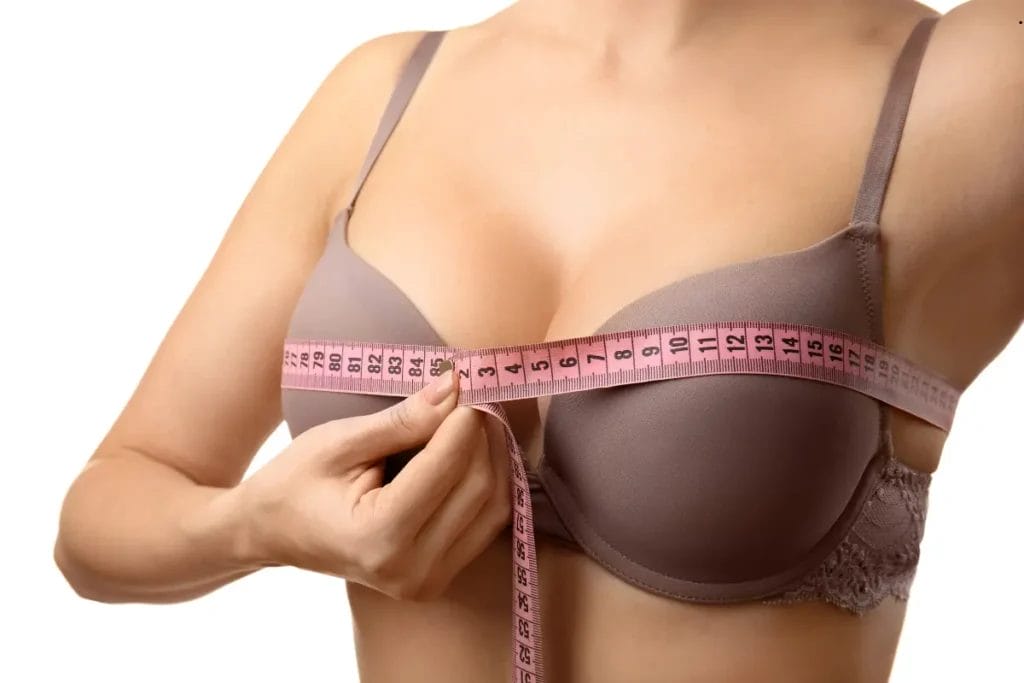Measuring your chest accurately is crucial for finding clothes that fit and tracking fitness progress. Whether you’re buying a shirt or monitoring body changes, the right measurement matters. However, it’s important to balance accuracy with comfort, and consider the challenges of measuring correctly, as small mistakes can affect your results.
Why Proper Chest Measurement is Important
Understanding the importance of chest measurements helps avoid mistakes in clothing purchases and ensures effective tracking of body changes. Accurate measurements enable you to choose clothes that fit comfortably, while improper ones can result in ill-fitting garments.
Moreover, chest measurements are crucial for tracking fitness progress, whether you’re building muscle or losing fat. However, it’s important to balance accuracy with consistency, as small errors can affect your results. Correct measurements also help navigate clothing size charts more confidently.

Chest Measurement Tools
Before you begin measuring your chest, make sure you have the right tools for the most accurate results. A flexible measuring tape is essential, as it allows you to wrap it comfortably around your chest.
A mirror can help you position the tape correctly, ensuring it remains level. If needed, ask for assistance to ensure accuracy. While you can measure alone, having someone to help might reduce potential errors in positioning.
Step-by-Step Guide to Measuring Your Chest
Follow these simple steps to accurately measure your chest, ensuring a comfortable and correct fit. First, find the right spot—measure around the fullest part of your chest, typically across your nipples.
Next, position the measuring tape properly by wrapping it around your torso, making sure it stays straight and parallel to the ground. Keep the tape snug but not tight, allowing a little room for comfort. Finally, take an accurate reading, ensuring the tape is not twisted. This careful process will ensure the best results.

Common Mistakes to Avoid When Measuring
Even small mistakes can lead to inaccurate chest measurements, so be sure to avoid these common errors. First, avoid pulling the tape too tight, as this can distort the measurement and lead to an ill-fitting garment. Measuring over clothing is another mistake; it adds bulk and creates inaccurate results.
Additionally, ensure the measuring tape is positioned correctly—if it’s not level or aligned properly, the reading will be skewed. By being mindful of these mistakes, you can achieve a more precise measurement.
How to Measure for Different Clothing Items
Depending on what you’re measuring for—shirts, jackets, or bras—the technique may slightly differ. For shirts and jackets, measure around the fullest part of your chest, making sure the tape is snug but not tight.
This helps ensure a comfortable fit across your torso. When measuring for bras, take two measurements: one around the Underbust for the band size and another at the fullest part of your chest for the cup size.
It’s important to note that men’s and women’s chest measurements differ, with women focusing more on the bust area and men typically measuring around the chest. By adjusting your approach for each item, you’ll get more accurate and comfortable results.
Using Chest Measurement for Fitness Goals
Chest measurements are a great way to track your fitness progress, especially if you are focused on building muscle or losing fat. When tracking muscle gain in the chest area, measuring consistently allows you to notice subtle changes over time, reflecting your strength training results.
Additionally, chest measurements help you understand your body composition, providing insight into muscle growth and fat loss. It’s important to measure at regular intervals—typically every 4-6 weeks—so you can accurately assess progress without becoming overly focused on day-to-day fluctuations.
Keep in mind that factors like posture and hydration can influence measurements, so consistency in technique is key.
Conclusion
Measuring your chest correctly can significantly improve the way your clothes fit and help you track your fitness goals. By following the steps outlined, you’ll ensure accurate measurements every time. Remember to measure regularly for the best results, and always maintain consistency for the most reliable progress tracking.
FAQs
How do I know if my chest measurement is correct?
To ensure your chest measurement is correct, make sure the tape is level across your back and chest. It should be snug but not tight, allowing for comfort. Measure around the fullest part of your chest, and avoid measuring over clothing. Double-check in front of a mirror to confirm the tape is straight.
How often should I measure my chest for fitness tracking?
It’s best to measure your chest every 4-6 weeks to track fitness progress. Measuring too frequently may not show significant changes, while waiting too long could make it hard to notice gradual improvements. Consistency in timing will give you a clearer view of your muscle gain or fat loss.
Can chest measurements vary depending on clothing?
Yes, chest measurements can vary based on the type of clothing you’re measuring for. For shirts and jackets, you measure around the fullest part of your chest. For bras, you need to measure both the underbust and the fullest part of your chest to get the correct size.